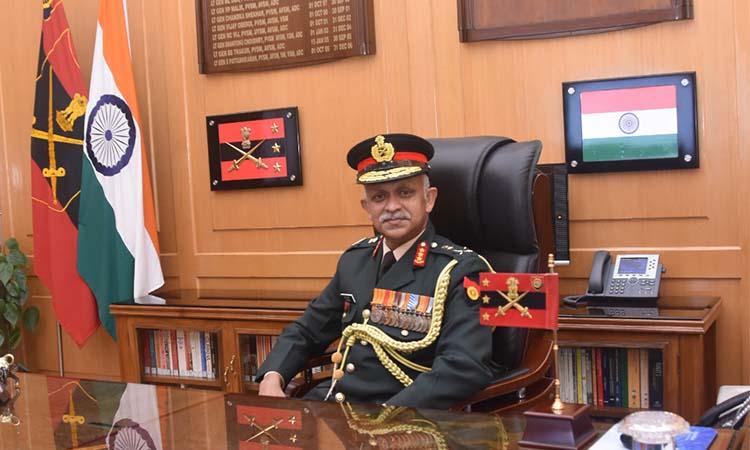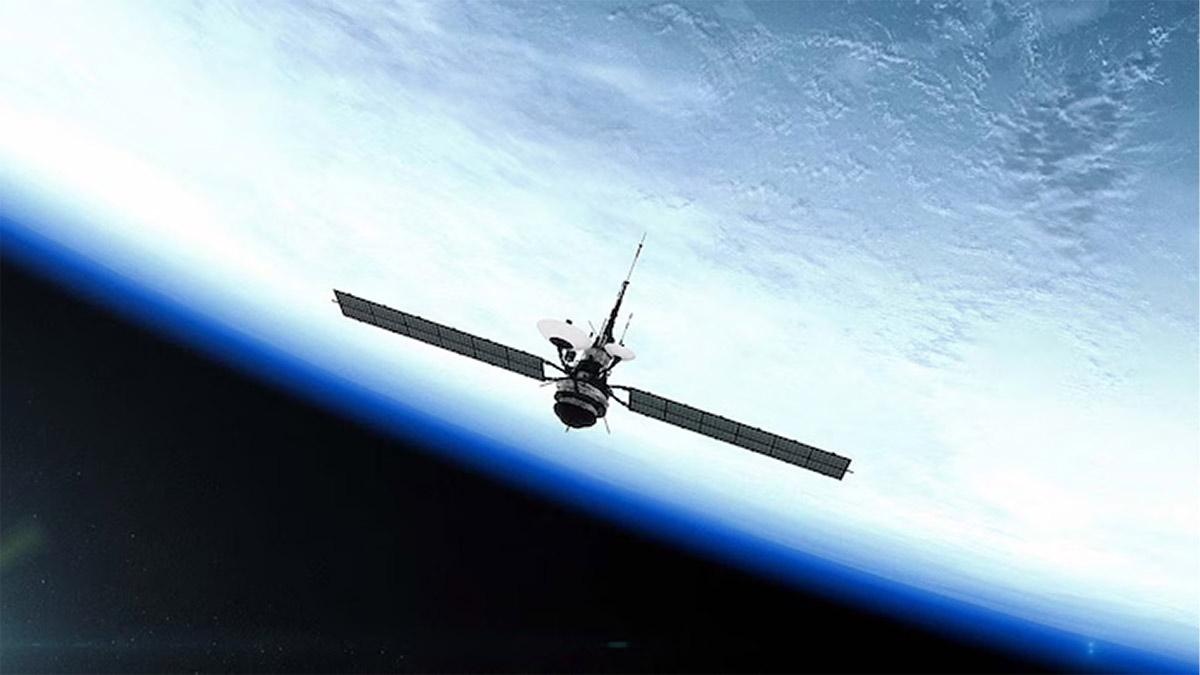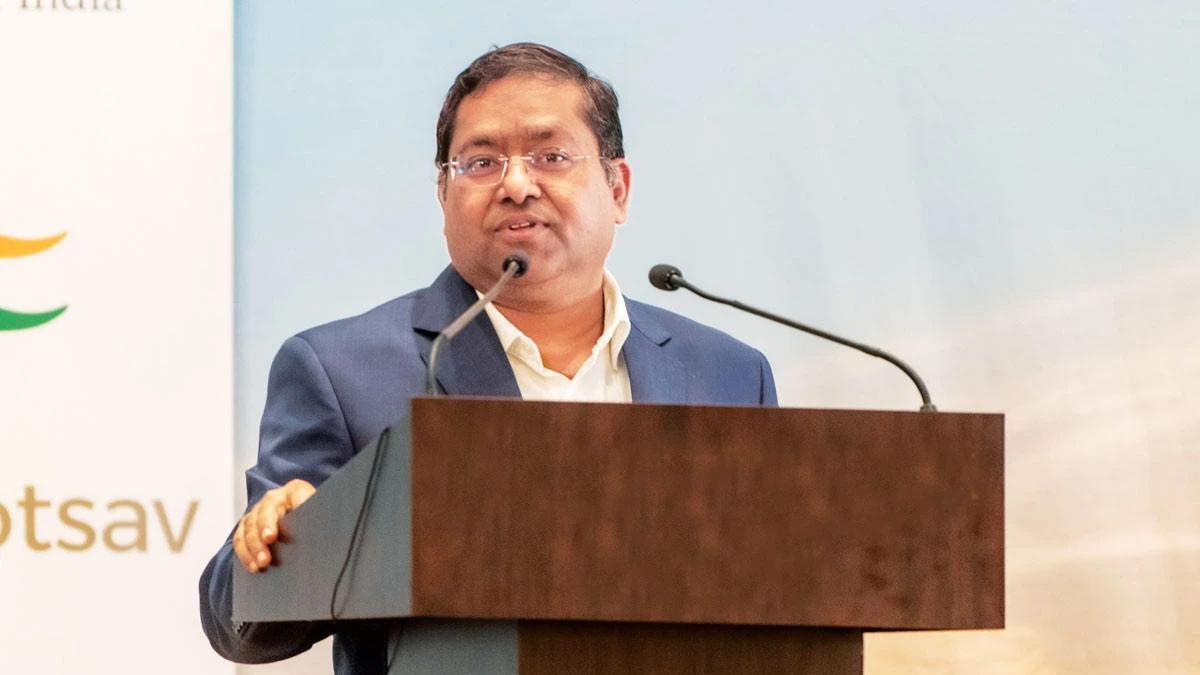Vice Chief of Army Staff Lt. General CP Mohanty on Sunday said that India would have lost the Galwan valley war as well as the Doklam confrontation if it had not invested in its defence.
Talking to media persons, Gen Mohanty said that the internal security in Jammu and Kashmir and the northeast region would also have been in turmoil. While responding to arguments on the expenditure on armed forces, he said, "If Tibet had strong armed forces, they would have never been invaded."
He further explained the necessity of defence investment saying, “had the country not invested in a security, we would have lost probably the war in Kargil, Doklam.
Also Read | Infiltration bids along LoC to increase exponentially, intel agencies warn
“Even internal security in Jammu and Kashmir would have been in turmoil. Our northeast region would have been in turmoil and Naxals would have had a field day.” He added, "Today everybody talks about India as the net security provider and it is a security umbrella against a big nation."
Wars like Doklam and Galwan gave India a “big stature” in the international platform while increasing the prestige of the country. He also said that Indian armed forces are a symbol of national integration as they rise above ethnicity, caste, and creed.
He then went on to explain that the Indian Army personnel have no political aspirations or motive and they respect the politics of the country.
"There have been other examples where the military leaders had political aspirations. The Indian Armed Forces have no such aspirations, we respect the politics here," he stressed.
The Galwan Valley standoff started in May 2020 when the Chinese PLA reportedly started congregating around the LAC in eastern Ladakh. As the heat on the ground between two sides increased and official talks yielded nothing, on 15 June, at patrolling point 14, Indian and Chinese troops clashed for six hours in a steep section of a mountainous region in the Galwan Valley. The fighting resulted in the deaths of 20 Indian soldiers and 5 Chinese soldiers.
The escalation was later contained in February 2021, following series of high-level talks held at the diplomatic level. Both sides agreed to a ceasefire and withdrawal of troops and weapons from the north and south banks of the Pangong lake. Currently, both sides have around 50,000 to 60,000 troops along the Line of Actual Control (LAC) in the sensitive sector.


















